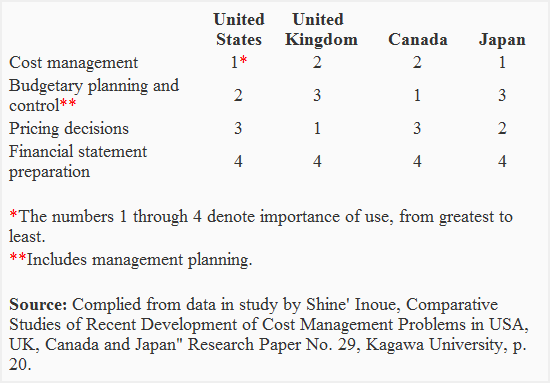Explanation of standards and standard costing
Standards are norms or expectations and are found everywhere. For example restaurants prepare food according to specified standards of taste and cleanliness. Our doctor measures our weight and compares it with the standard weight of our height and age.
In managerial accounting, standard prices or standard quantity of inputs is the normal or expected price or quantity required for the production of a particular product or the provision of a particular service to customers.
Standards are tools to control costs and can be used for all manufacturing as well as non manufacturing costs. If the actual price or quantity of inputs used deviates from the standards price or quantity, reasons of deviation are investigated and corrective actions are taken. The process of investigating deviations from standards and taking remedial actions is called management by exception.
How do companies set standards? The answer is: engineers, production supervisors, worker, accountants, other companies in the same industries and market research help managers set standards for price and quantity.
Standard costing was introduced by a Japanese company Nippon Electronics Company (NEC) after 2nd world war. This system is a way to control the overall cost of inputs and is used by manufacturing as well as service companies.
International use of standard costing
Standard costing is used by companies all over the world for cost management, budgetary planning and control, pricing decisions and preparation of financial statements.
According to a recent survey, companies in different countries use standard costing as follows:
United Kingdom (UK): 3/4 of the companies surveyed
Canada: 2/3 of the companies surveyed
Japan: 40% of the companies surveyed
Different companies use standard costing in different ways. In United States, United Kingdom, Canada and Japan, it is used in the following ways:


Leave a comment